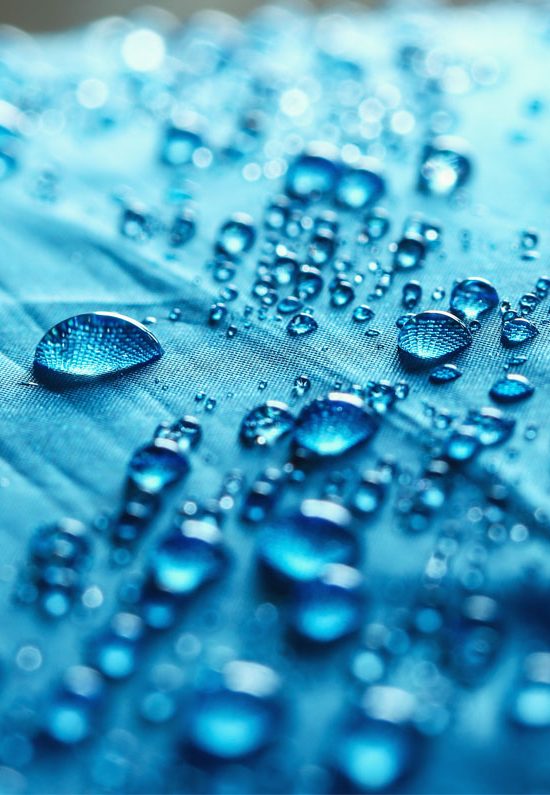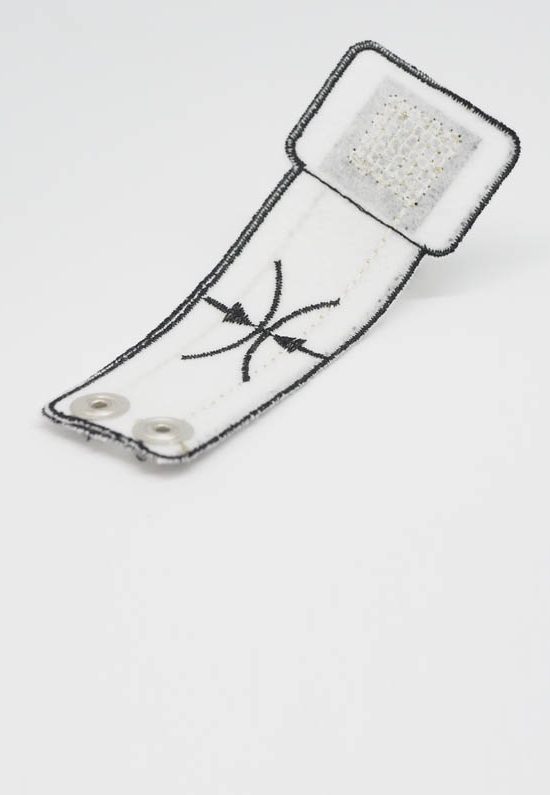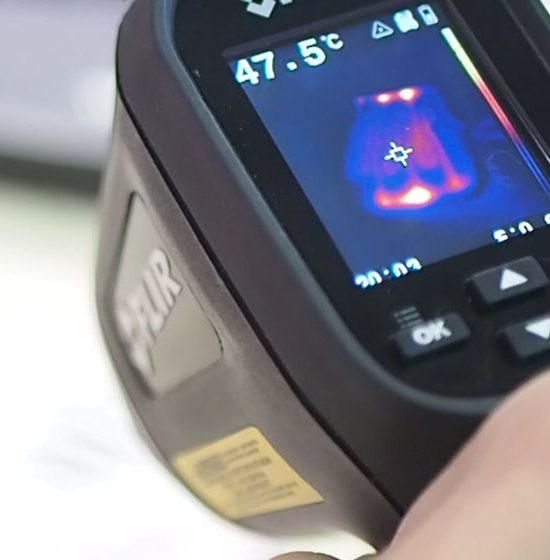Discover the potential of smart textiles wetness sensors
A wetness sensor detect small amounts of water or other liquids and ice on a substrate. The most common measurement principle for textile wetness sensors is a resistance measurement between two conductive electrodes. The support fabric on which the electrodes are build is a insulating material (e.g. polyester, cotton, polypropylen). In the “dry” state the fabric has a very low electrical conductivity. In a “wet” state the ionic conduction starts and the resistance change from 1 MOhm to 1 kOhm.
A big advantage of textile sensors is that fabrics absorb and spread liquids very good. Therefore already a small amount of liquid has a very big resistance change. Also the design of the two electrodes influences very strongly how big the shift is. As lower the space between the electrodes is as more sensitive is the sensor. To minimize noise it is useful to define a resistance area and adjust a voltage divider for the desired measuring area.
The WEARIC wetness sensor is included in the Smart Textiles Kit and Smart Textiles Kit with nano controller.

Applications: plants, leakage, wearables, smart home, bed, baby


